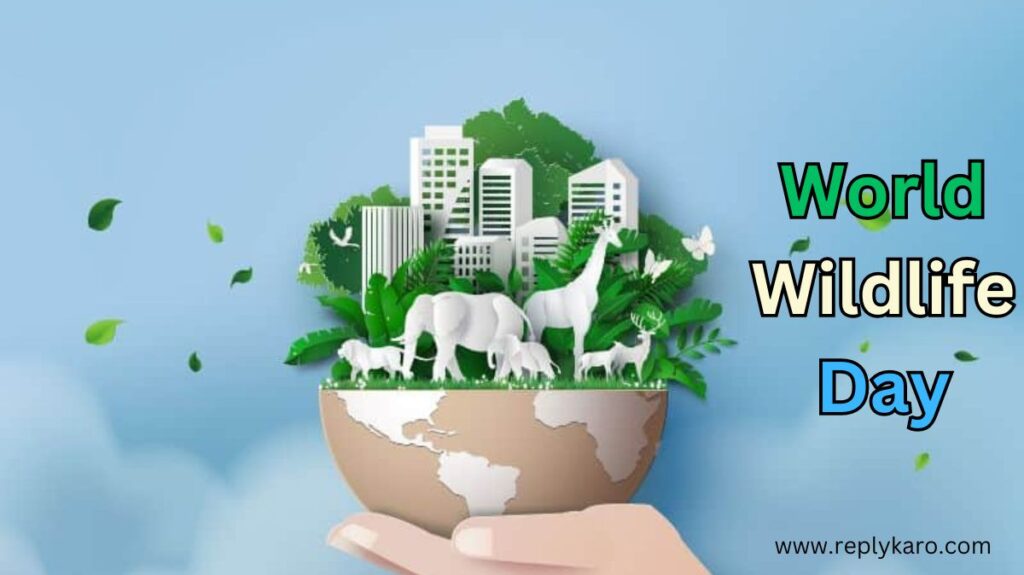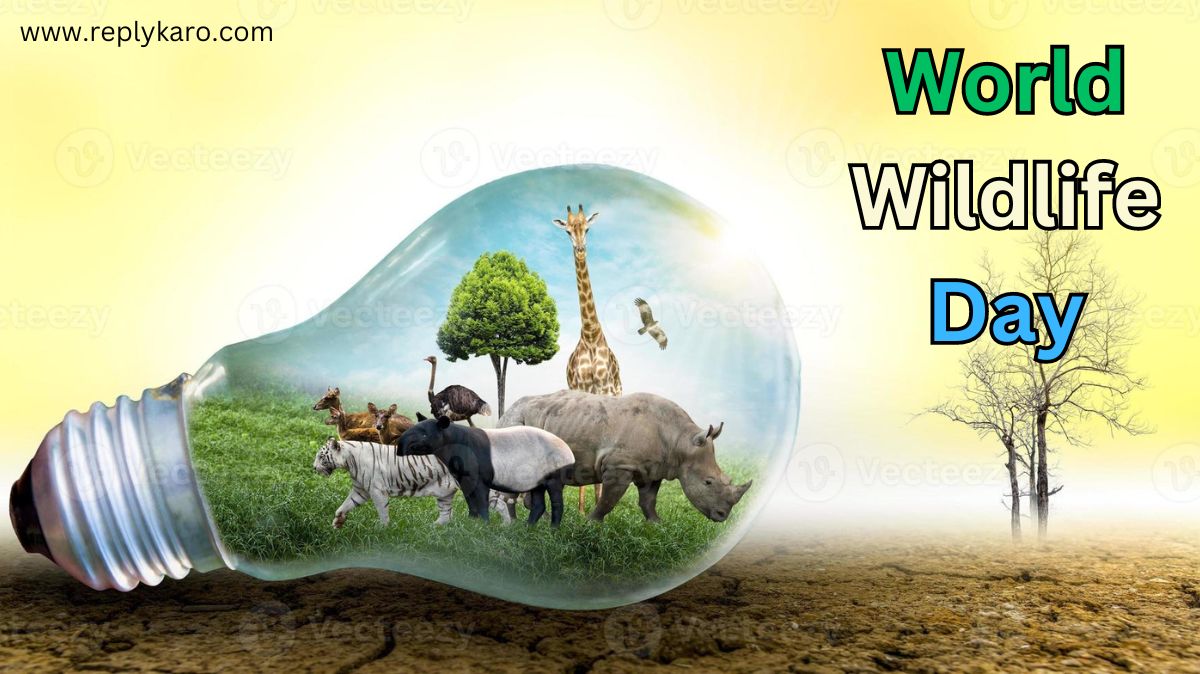Every year on March 3rd, the world unites to celebrate World Wildlife Day, an annual event dedicated to raising awareness of the vast diversity and crucial importance of our planet’s wild animals and plants. This year’s theme, “Recovering key species for ecosystem restoration,” shines a light on the vital role endangered and threatened species play in maintaining healthy and balanced ecosystems.
The Origins of World Wildlife Day
World Wildlife Day was established in 2013 by the United Nations General Assembly to coincide with the anniversary of the signing of the Convention on International Trade in Endangered Species of Wild Fauna and Flora (CITES). This international agreement, signed in 1973, plays a critical role in regulating and controlling the international trade of wildlife, aiming to prevent the overexploitation and extinction of species.
The Importance of Ecosystem Restoration
The theme for World Wildlife Day 2024, “Recovering key species for ecosystem restoration,” emphasizes the profound interconnectedness between individual species and the ecosystems they inhabit. Key species, such as top predators, keystone herbivores, and keystone pollinators, play crucial roles in maintaining the delicate balance within ecosystems. Their presence influences and regulates the populations of other species, ensures the health of plant communities, and contributes to the overall resilience of these complex systems.
The Threats Faced by Wildlife
Unfortunately, countless wildlife species across the globe are facing unprecedented challenges, primarily due to human activities. Habitat loss and fragmentation due to deforestation, urbanization, and infrastructure development, coupled with unsustainable hunting, poaching, and illegal wildlife trade, are pushing numerous species towards the brink of extinction. Climate change adds another layer of complexity, disrupting ecological balance and pushing habitats beyond their natural tolerances.
The Impact of Species Loss
The disappearance of key species disrupts the intricate web of life within ecosystems, leading to a cascade of negative consequences. It can disrupt food chains, leading to population imbalances and potential ecosystem collapse. The loss of pollinators, for example, can have devastating consequences for plant reproduction and agricultural yields. Additionally, the disappearance of species deprives us of their intrinsic value, their beauty, and their ecological services that provide clean air and water, regulate climate, and protect us from natural disasters.

Actions for the Future
World Wildlife Day 2024 serves as a powerful call to action. It urges individuals, communities, governments, and organizations to join forces and take concrete steps towards species recovery and ecosystem restoration.
Here are some key areas for action:
- Supporting conservation efforts: Engaging in volunteer activities with local conservation organizations, donating to reputable wildlife protection initiatives, and advocating for stronger environmental policies are all crucial steps.
- Making informed consumer choices: Choosing products that are certified sustainable and avoiding those associated with deforestation or wildlife exploitation can make a significant difference.
- Raising awareness: Sharing information about conservation issues with friends, family, and communities can help increase public understanding and encourage further action.
- Supporting research and technology: Investing in research initiatives that focus on understanding species’ needs and developing innovative solutions for species recovery and habitat restoration is vital.
Celebrating World Wildlife Day
There are numerous ways to celebrate World Wildlife Day and actively contribute to conservation efforts.
- Participate in educational events, workshops, and webinars organized by conservation organizations or government agencies.
- Organize community events like clean-up drives in natural areas, tree planting initiatives, or educational outreach programs about local wildlife.
- Support businesses committed to sustainable practices and utilize wildlife-friendly products whenever possible.
- Engage with social media platforms to connect with wildlife conservation communities, share information, and raise awareness about the challenges faced by wild animals.
World Wildlife Day serves as a crucial reminder of our shared responsibility to protect biodiversity and ensure the survival of our planet’s incredible wildlife. By taking action at individual and collective levels, we can contribute to a future where both humans and wildlife can thrive in harmony with a healthy planet Earth.








